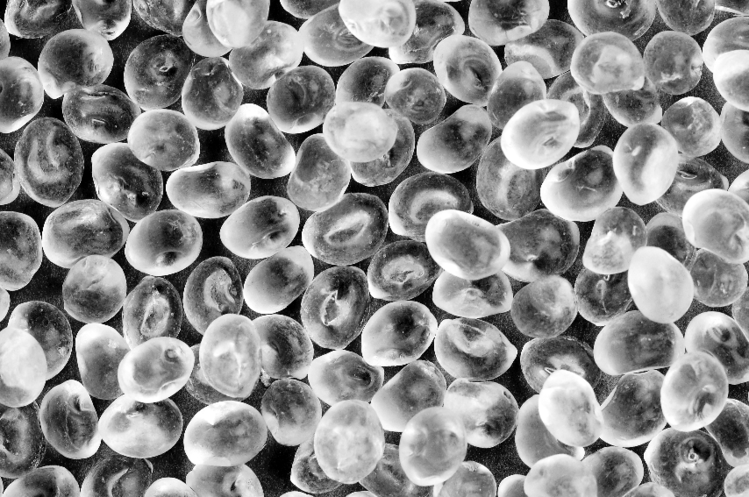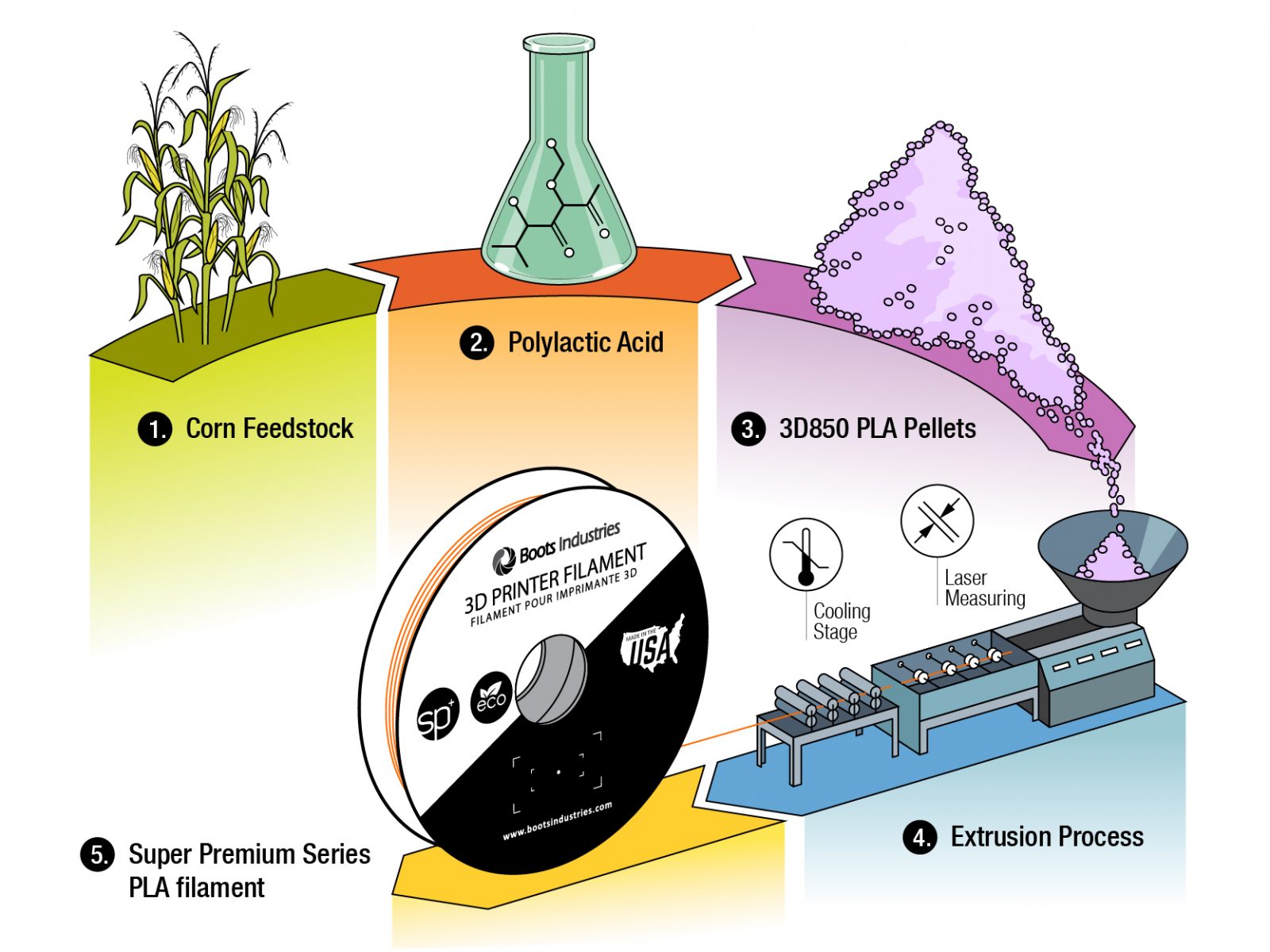Biopolymer maker NatureWorks has announced plans to build the world’s first fully integrated polylactic acid resin plant in Thailand. The plant will produce lactic acid, lactide, and the company’s Ingeo biopolymer, and is set to open in 2024.
NatureWorks became the first company to produce PLA biopolymers at commercial scale in 2002, and they’ve offered a 3D printing-optimized version of their Ingeo biopolymer (Ingeo 3D860) since 2015. To make Ingeo, the company starts with biowaste from plants like corn and sugarcane, milling the waste to extract the starch and using microorganisms to break it down into lactic acid. This lactic acid gets converted into rings of lactide, which are then opened up and linked into the long Ingeo polymer. Shipped out as pellets and converted to filaments, Ingeo makes up a significant portion of the world’s PLA used in 3D printing. And in NatureWorks’ new Thailant plant, the company will be able to go through all the steps of making that PLA in one facility.
The Nakhon Sawan Biocomplex (NBC) will be built in Thailand’s Nakhon Sawan province, and will be the country’s first biocomplex project (as part of the government’s “bioeconomy” push to develop their sugarcane and cassava sectors). When finished, the NBC has a project annual capacity of 75,000 tons, and will produce all grades of Ingeo. So far, NatureWorks has finished the front-end engineering design work necessary to ensure the project is feasible, and plans to announce more details about the NBC later in 2021.

The NBC will be able to go directly from biowaste to PLA pellets like the ones pictured here (Image via NatureWorks).
“We are pleased to share these significant accomplishments as part of our next phase for global manufacturing expansion,” said Rich Altice, NatureWorks’ President and CEO. “With both the recently announced capacity expansion at our facility in Blair, Nebraska and this new manufacturing complex, we can further address the global market demand for sustainable materials and continue leading the development of high-performance applications that capitalize on Ingeo’s unique material properties.”
Ingeo’s most useful “unique material property” is the fact that it’s a PLA filament with comparable impact strength and heat resistance to ABS, but isn’t made from carcinogenic styrene. And while its environmental benefits are often overstated—it’s difficult to find facilities that will actually compost it, and it relies on an unsustainable agricultural model that uses a great deal of water, fertilizers and land—it is still more renewable than petrochemical-based plastics.
Subscribe to Our Email Newsletter
Stay up-to-date on all the latest news from the 3D printing industry and receive information and offers from third party vendors.
Print Services
Upload your 3D Models and get them printed quickly and efficiently.
You May Also Like
The Business Case for Binder Jet in an Uncertain World: Changes, Part 4
In rough seas, binder jet as a market is underpinned by a collection of firms, some large and small. We looked at their potential staying power, the applications and parts,...
The Business Case for Binder Jet in an Uncertain World: Shook Ones, Part 3
In the classic tune Shook Ones Pt II by Mobb Deep, we get introduced to “all of those who wanna profile and pose,” but when the going gets tough, they...
The Business Case for Binder Jet in an Uncertain World: On A Jet Plane, Part 2
We’re in the doldrums. And binder jet is more in the doldrums still. In the first article in this series, we looked at how Jedi Mind Tricks got us to...
The Business Case for Binder Jet in an Uncertain World: Jedi Mind Tricks, Part I
You’ve probably noticed that the binder jet market has been rather rocky as of late. Voxeljet was delisted, was not sold, and is now restructuring. Nano Dimension subsidiary Desktop Metal...






























